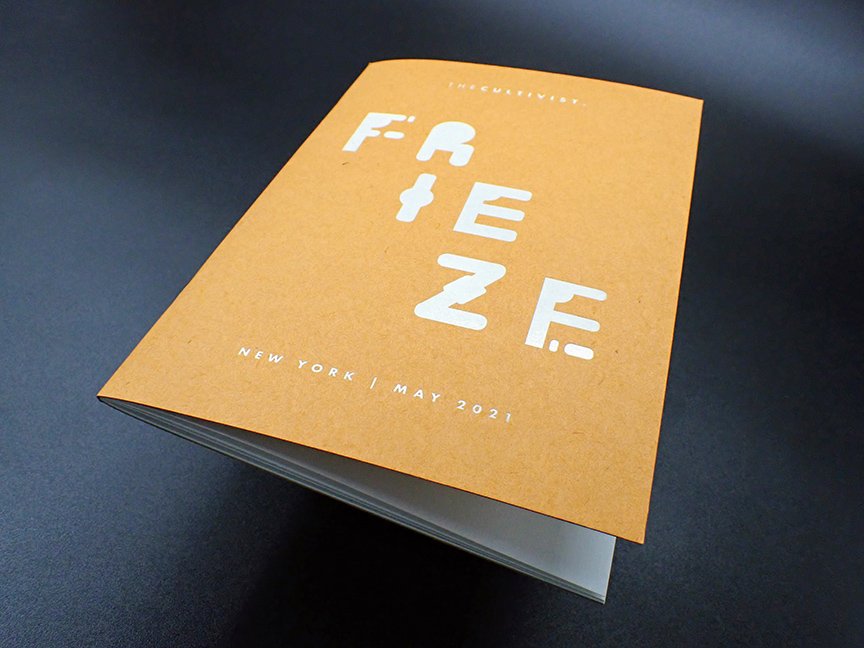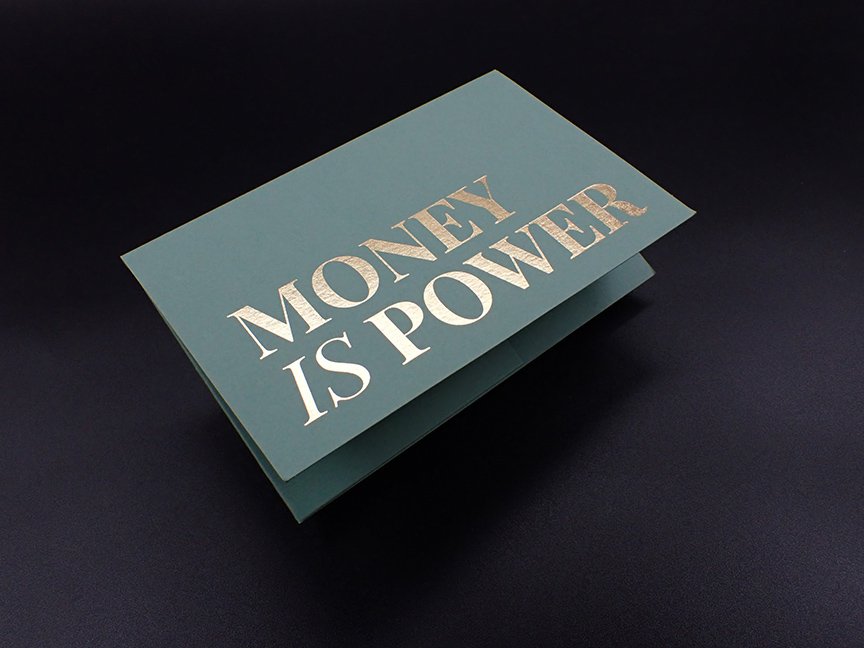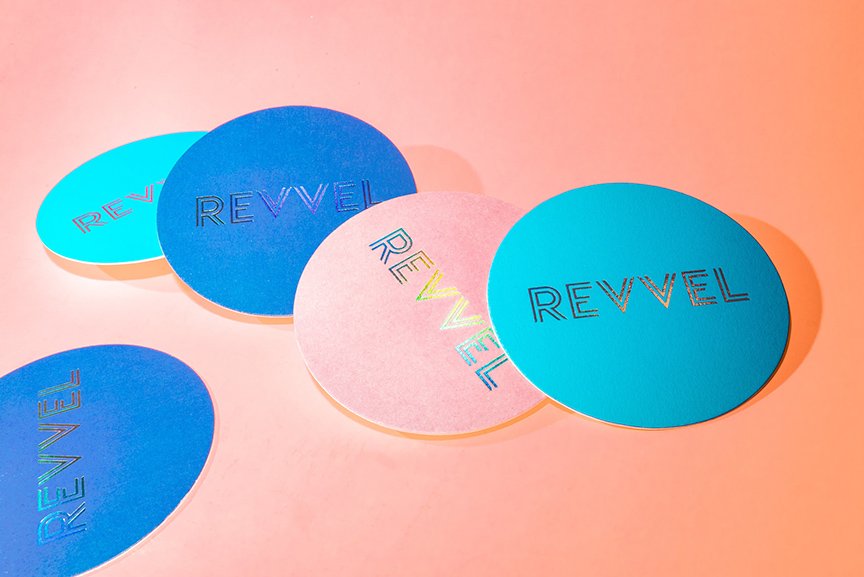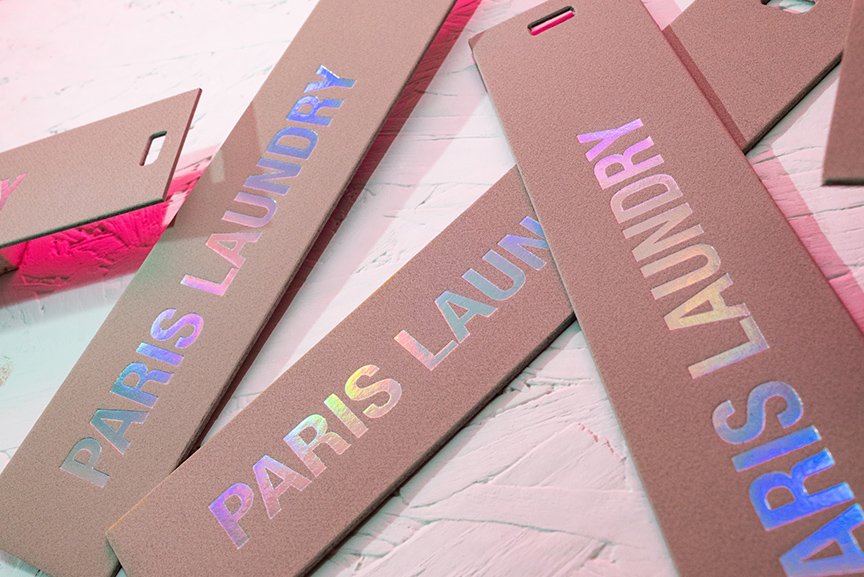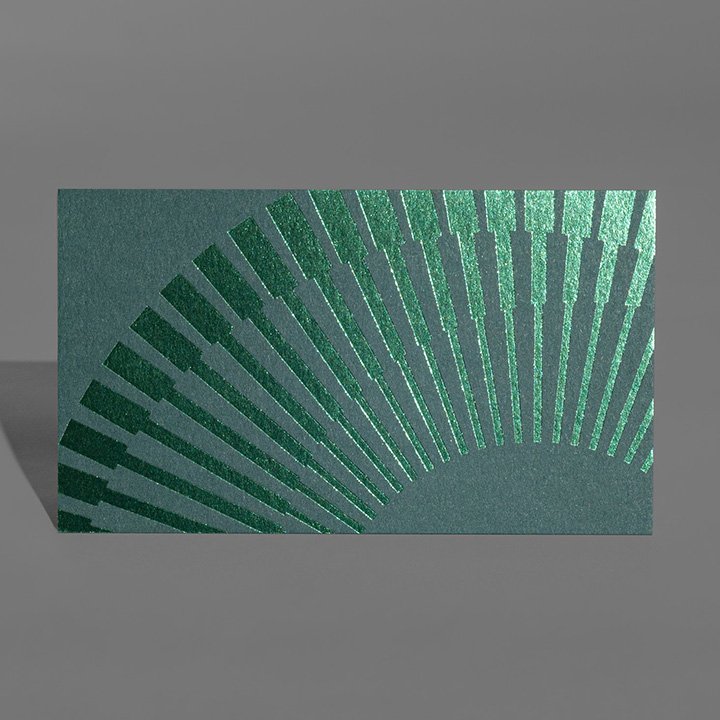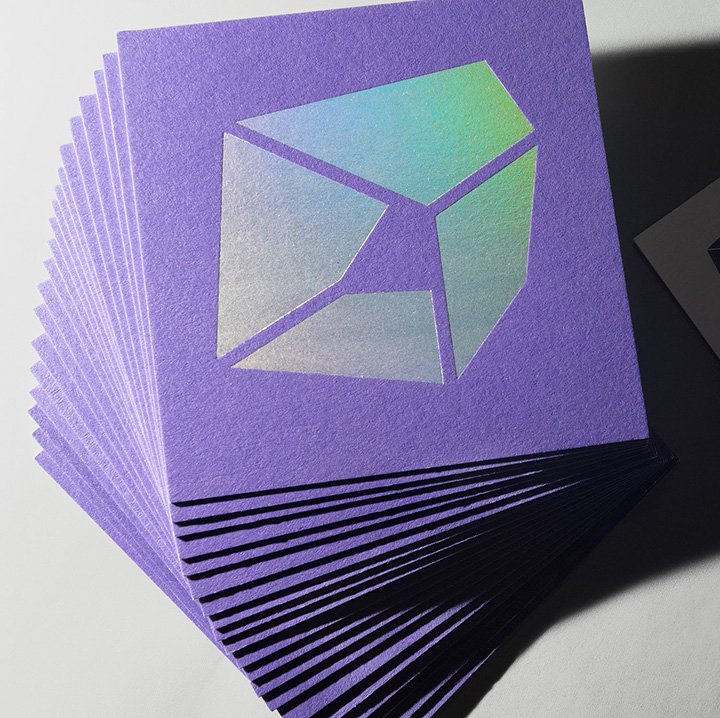the Alchemy of Foil Stamping: A Guide to This FLASHY Luxury Printing Technique
THE PINNACLE OF PRINT EXCELLENCE: What is Foil Stamping?
Imagine a printed artifact in your hands that captures attention not just through vivid colors but through a gleaming, almost ethereal presence. Welcome to the world of foil printing—a luxurious printing process that transcends the typical ink-on-paper paradigm. In foil stamping, an amalgamation of heat, pressure, and metallic foil film translates into a tactile and visual experience that is not easily forgotten. Unlike traditional ink-based printing methods such as offset printing or digital print, foil stamping leaves an indelible mark that is rich in texture and shimmer. The process leverages solid copper plates—meticulously custom-designed to your specifications—to produce a high-impact result that transcends the limitations of other forms of specialty printing like embossing or letterpress.
THE A TO Z OF TECHNICAL BRILLIANCE: How Foil Stamping Works
When we dive into the nuts and bolts of foil stamping, it's akin to peering into a blend of modern engineering and arcane craftsmanship. To begin, artworks are etched from a digital file, onto a .25” thick plate of solid copper . Copper plates withstand high temperatures and immense pressures—conditions essential for fusing the foil onto your chosen substrate, be it luxurious black paper or high-gsm Cotton papers.
The foil itself is no less complex. Sourced in a myriad of types—metallic, clear, holographic, or even matte and gloss colors—each variant offers its unique brand of visual and tactile magic. Once the plate is heated, it's pressed against the foil film, which is then in turn pressed onto the substrate. Unlike offset or digital printing, foil stamping does not utilize ink. Instead, it relies on pigment-rich foils, each boasting properties that add incomparable depth, richness, and luster to your project. The absence of ink also means zero drying time. However, it's crucial to understand that foil stamping can be a double-edged sword when it comes to detailing. While the copper plates can capture very small details, the foil process doesn’t work as well for extremely fine artwork details. Therefore, the design must be conceived with the limitations and strengths of foil stamping in mind.
ELEVATE WITH FOIL PRINT: Why Foil Stamping Reigns Supreme
So, what sets foil stamping apart from other contenders like embossing, letterpress, or even the ubiquitous digital print? It isn’t merely a printing choice; it's an aesthetic statement about the quality you stand for. Foil stamping is not just about laying down a design onto a piece of paper; it's about elevating the entire experience of interaction with that paper. The method is particularly popular for luxe business cards, high-end invitations, and premium packaging projects, precisely because it adds a layer of sophistication that is simply unrivaled.
In a market saturated with printing options, choosing foil stamping is akin to declaring your affinity for the fine things in life. It's not just print; it’s an experience, a lifestyle choice for those who refuse to compromise on quality. Among a sea of options that include emboss printing, edge gilding, digital print, and even the timeless letterpress, foil stamping emerges as the undisputed champion for those who understand that true luxury can never be mass-produced; it must be carefully, meticulously, and lovingly crafted. It is the epitome of high-value printing, offering not just a visually stunning but also a uniquely tactile experience, transforming every project into an artifact of unmatched luxury and finesse.

